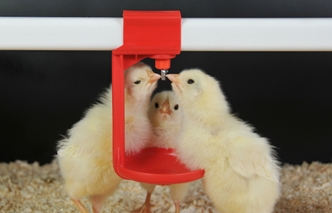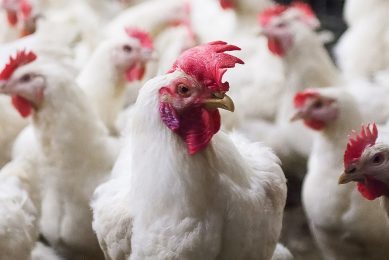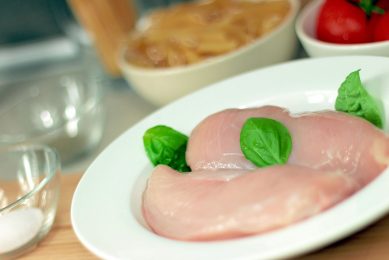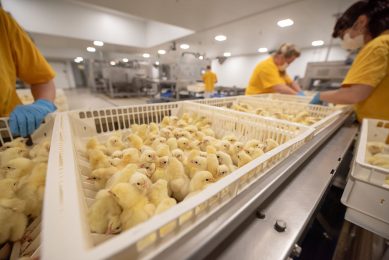Water supply crucial for nipple drinkers

Water is of great importance in the diet of all production animals. In addition to financial consequences for the farmer, water wastage negatively influences animal performance. Optimal attention, therefore, must be given to the nipple’s water supply.
By Wiebe van der Sluis, Rooster 45, the Netherlands
He adds that an animal, as well as a person, can best satisfy its thirst by drinking the proper amount. “When you are thirsty, you do not open the tap to the maximum to satisfy your thirst. If you did so, there would be considerable water spillage and you would most likely get a wet face and clothing,” Wentzel continues. “It is better to adjust the water supply from the tap to the amount of water needed to drink without spillage. This is no different with animals. They too need a means to optimally satisfy their water requirement, and the means – nipple drinkers – must be easily accessible and supply no more water than necessary for optimal consumption and production.”
In the past chickens drank water from open systems, such as bell drinkers and water troughs. Switching from these systems to nipple drinkers required an essential change in thought about the amount of water given to the birds. An experience several years ago in Russia is a good example. When updating broiler houses, the water supply was converted from open water (drink troughs) to an Impex nipple drinking system. On delivery, the house managers were instructed how to adjust the correct water pressure and the pressure needed during the growth process of the birds.
“This experience is no exception,” concludes Wentzel. “Throughout the world many poultry farmers assume that the water supply from nipple drinkers must be used to the maximum with all the consequences. Paying more attention to the water requirement and intake capacity of the animal provides the optimal use of the water so that the litter stays dry and less water is wasted. This is why it is of great importance to daily check the water supply of the drinking nipples as well as to adjust the correct water pressure.”













